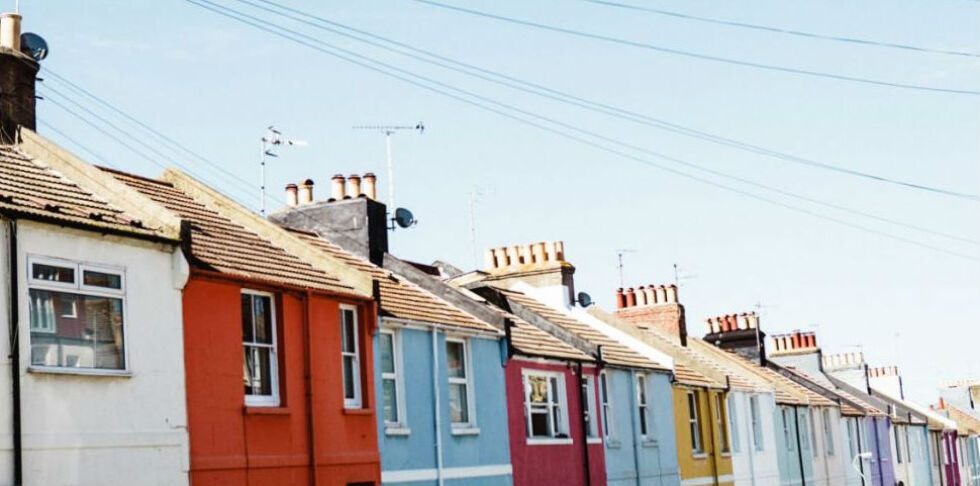

8th December 2015
The measures introduced in the Autumn Statement represent Chancellor George Osborne's biggest attempt yet to address the housing crisis. They are certainly bold moves, including the largest house building project since the 1970s, and are bound to affect the housing market.
The question is – how much, and in what way?
The flagship policy announcement was a £7bn housebuilding fund designed to produce 400,000 homes before the end of this parliament. Half of those homes – 200,000 of them – will be set aside as starter-homes, available to first-time buyers at a 20% discount off market value.
It's by far the biggest injection of funds into home building for decades, which should go some way to easing the upward momentum on property prices. However, given that Shelter estimate we need to build 250,000 homes per year just to keep up with demand, it remains to be seen how much of a dent Osborne's extra 100,000 per year will make.
In another move for first-time buyers, George Osborne has expanded the Help to Buy scheme in London, doubling the maximum interest-free loan allowable to the rest of the country from 20% of the property price to 40%.
This makes getting on the bottom rung in London far more affordable, although it's important to remember that with the average price of a home in London now close to £500,000, a 5% deposit (as is required under the scheme) still equates to £25,000.
However, The Chancellor is also making good on his election pledge to introduce Help to Buy ISAs, where the government contributes 25% of whatever first-time-buyers save in the scheme (up to £3000), which will certainly make getting that first deposit together much easier. This amount is set to a max of 3% rise in stamp duty on second properties
The Autumn Statement also saw a 3% rise in stamp duty on second properties of all stripes – second homes or buy-to-let – due to be introduced on 1st April 2017.
The tax rise is designed to make buy-to-let a less attractive investment, freeing up properties for first-time buyers. 3% may not sound like much, but it actually equates to thousands of pounds per property, which could very well compel potential landlords to put their money elsewhere once it's introduced; especially since the 40% mortgage relief on rental properties is also being phased out.
It will, of course, cause a flurry of buy-to-let buying in the run up to its introduction as landlords rush to avoid the rise, which will only clog up supply even more in the short term.
It's difficult to say exactly what effect all these measures will have on the wider housing market, as they all pull in different directions.
The stamp duty rise will certainly deter some people from investing in second properties, though it remains to be seen how many. The up-shot is that this will squeeze the rental market, pushing rent prices up, motivating those that can afford it to use Help to Buy to purchase their first home. This will only serve to continuing inflating house prices.
On the other hand, the house building programme is genuinely significant, and will have an effect on slowing down prices as supply is increased. The size of its effect though does depend on how many houses are built outside of the scheme – whether the total number of new houses matches demand or if it still falls short.
The drag effect of house building on prices could well be cancelled out by the increased demand from first time buyers priced into the market by the new ISAs and expansion of interest free loans in London.
In macro terms then, the sum total of the Autumn Statement will probably be somewhere close to business as usual.
If you would like to learn more about the property market in Brighton, please contact us.